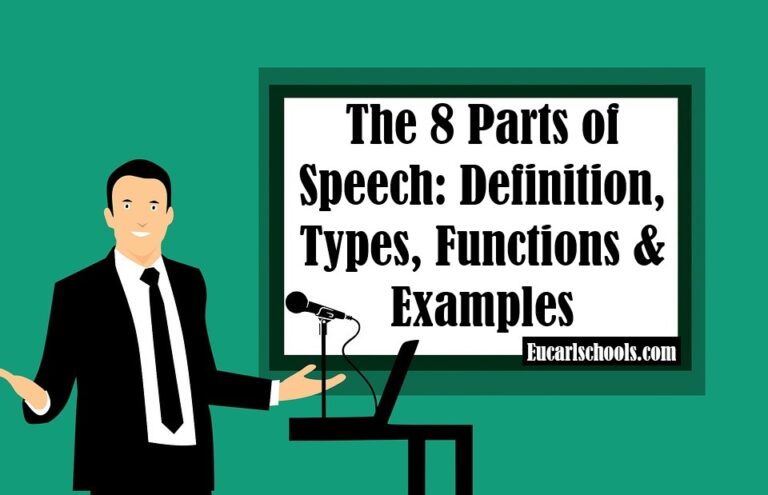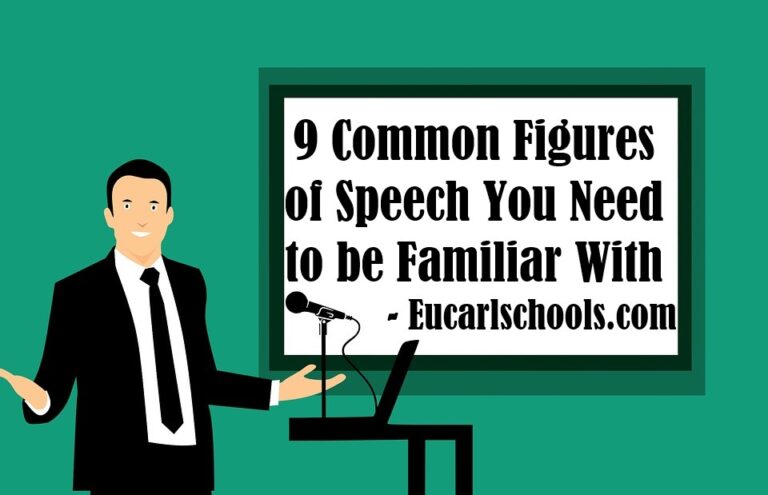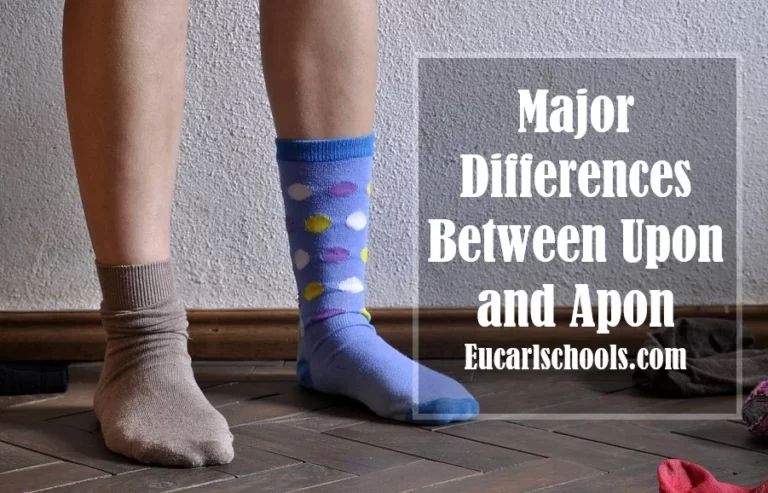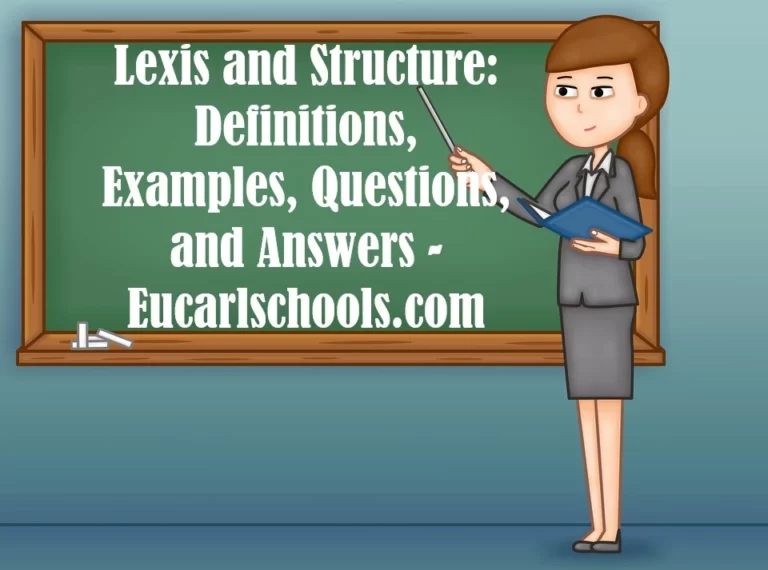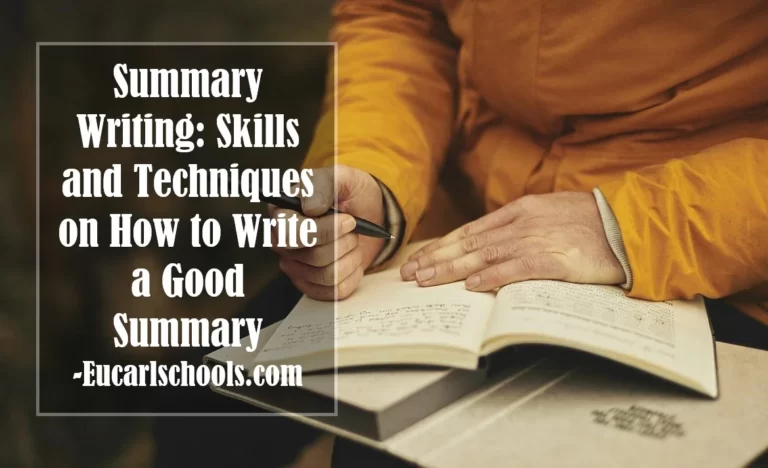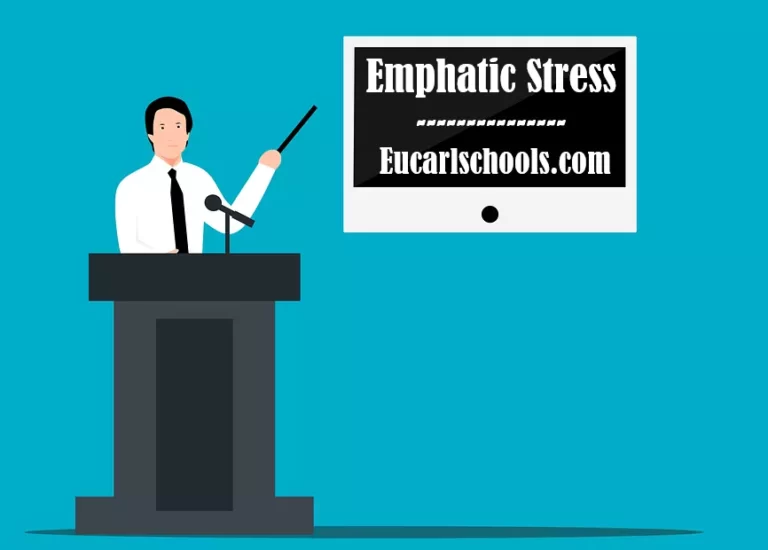Question Tags and Answer Tags: Meaning, Examples, and Rules of Tags
Let’s examine question tags and answer tags. If you are wondering how a plain statement can be transformed into a question, well this article is just right for you. This is what question tags are really about. It would most likely make sense if you see them the way you see tags.
Tags give a description or you could say attach specific meanings to where they are added to. But, question tags, are added to sentences that could either be positive or negative for the purpose of making the questions.
Why would you even want that in the first place, you might be asking? Well, in daily conversations, the speaker many times would need to provide additional information to a statement so that the listener can answer appropriately. Remember, the whole essence of speaking is understanding, what’s the use if you said so many things, and not a single thing was understood?
This is where question tags come in. In fact, they are sometimes referred to as conversation questions. So, in a general sense, a question tag contains three entities which include: a statement followed by a comma and then a question clause. This question clause like every other clause has a verb, but, this time there is the addition of a corresponding pronoun.
Every language has syntax. Syntax is a conventional rule that guides the use of any language. The English language is certainly not an exception. In the same vein, question tags followed laid down rules that must be followed to the letter if we wish to use them for the reason they were created.
See also: How To Publish an eBook on Amazon [Complete Guide]
Rules Guiding The Use of Question Tags
A statement in the positive sense doesn’t require a positive tag
She loves him good, doesn’t she?
They kept their marriage, didn’t they?
Tayo sleeps four hours every day, doesn’t he?
As a follow-up to the first rule, a negative statement requires a positive tag.
We didn’t play ball today, did we?
Clarence isn’t in the store, is she?
Ebube and I aren’t close anymore, are we?
There are verbs known as helping verbs or auxiliary verbs or modal verbs. When these verbs are included in a sentence, they are repeated in the tags.
Kolawole can get there by himself, can’t he?
Shade wouldn’t agree with her at all, would she?
They will return home tomorrow, won’t they?
Apart from modal verbs, there is another class of verbs, known as a main or lexical verb. Main verbs aren’t repeated like modal verbs, rather, their tags include do.
They played ball yesterday, didn’t they?
Lara called him by his name, didn’t she?
Israel spoke with her via telephone, didn’t he?
Remember our question tags are made up of two entities which are: the pronoun and the modal verb. Well, the pronoun in a question tag is the subject and it is a reflection of the subject in the original statement.
We spoke on the bus yesterday, didn’t we?
Veronica will come over to her place, won’t she?
Stephen isn’t supportive of her coming over, is he?
When verbs like need and dare are used in a positive statement, the tags contain a modal verb.
She needs to visit home, doesn’t she?
Taiwo needs to listen more often, doesn’t she?
Mama Faith needs to come online often, doesn’t she?
I am is followed closely by the tag, arent.
I am such a fat boy, aren’t I?
I am doing my best as I can, arent I?
When a statement contains, used to, the question tag takes the didn’t verb.
She used to wash plates every day, didn’t she?
We both used to drive our cars, didn’t we?
They used to play ice hockey, didn’t they?
Read also: Lexis And Structure: Definitions, Examples, Questions, and Answers

